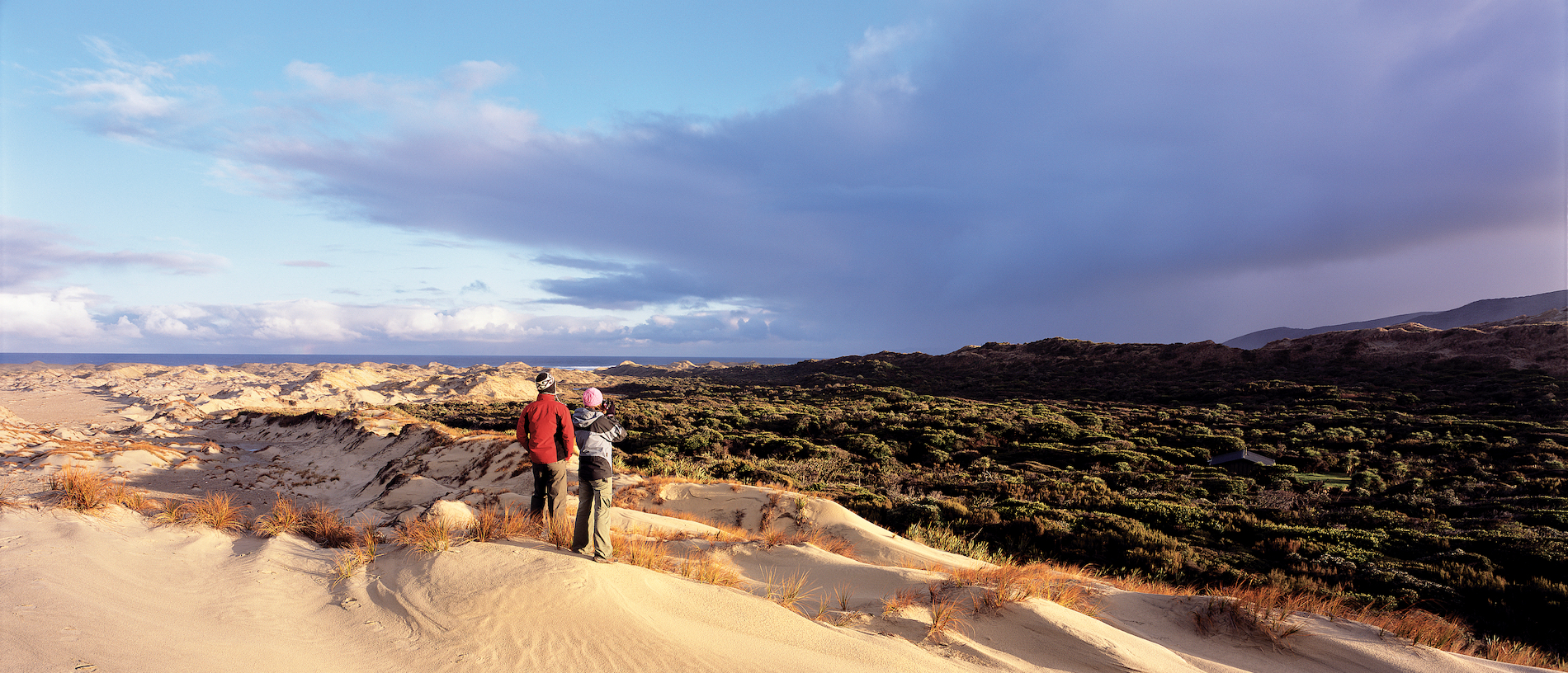
The Rakiura Track: beauty in isolation
Tucked away on New Zealand’s third island, Stewart Island Rakiura, the Rakiura Track is the perfect opportunity for an island adventure.
There’s something disturbingly anatomical about Ulva Island’s name, so it probably comes as something of a relief to learn it was named after a Scottish island of the same name by surveyors in the 1800s, rather than the dangly bit at the back of your throat.
Ulva Island is situated in Paterson Inlet like something stuck in Stewart Island’s gullet, and can be reached by a short boat trip from Halfmoon Bay or Golden Bay.
And the trip is well worth the effort. Ulva Island is administered as an ‘open sanctuary’ – a sanctuary you can visit – by the Department of Conservation and is a birdwatchers’ paradise.
The 266ha Ulva was first designated a wildlife sanctuary in 1899, but it wasn’t until 1997 that the last rat was hunted down and dispatched, and the island was declared officially predator free. Since then, a number of rare species have been introduced, including the South Island saddleback, the Stewart Island robin and a threatened species of skink.
Other bird species thrive, too: weka, kiwi, kererū, kākā, kākā riki, tomtit, fantail, rifleman, tūī and bellbird – all twitter, shriek and flute about you as you walk the island’s tracks.
Rare plants also flourish, including two, the lanternberry and the tmsepteris, which grew in Gondwanaland before the dinosaurs walked the earth and anyone could be sure where the vowels in their names should go. Again, other species present on the mainland can be seen at their best on Ulva Island – rimu, rātā, tōtara and miro in the canopy and an impenetrably dense under-storey show what the New Zealand bush can look like when it isn’t logged and browsed to bits.
There are three main walking tracks to explore on the island. They meander between Post Office Cove, Sydney Cove, Boulder Beach and West End Beach, providing the chance to see some of the rarest plants in the world. Dawn’s the time to visit because that’s when the birds pump up the volume. It’s a sound you won’t easily forget – the dawn chorus as Tāne intended. The mainland mornings will seem strangely quiet forever after.